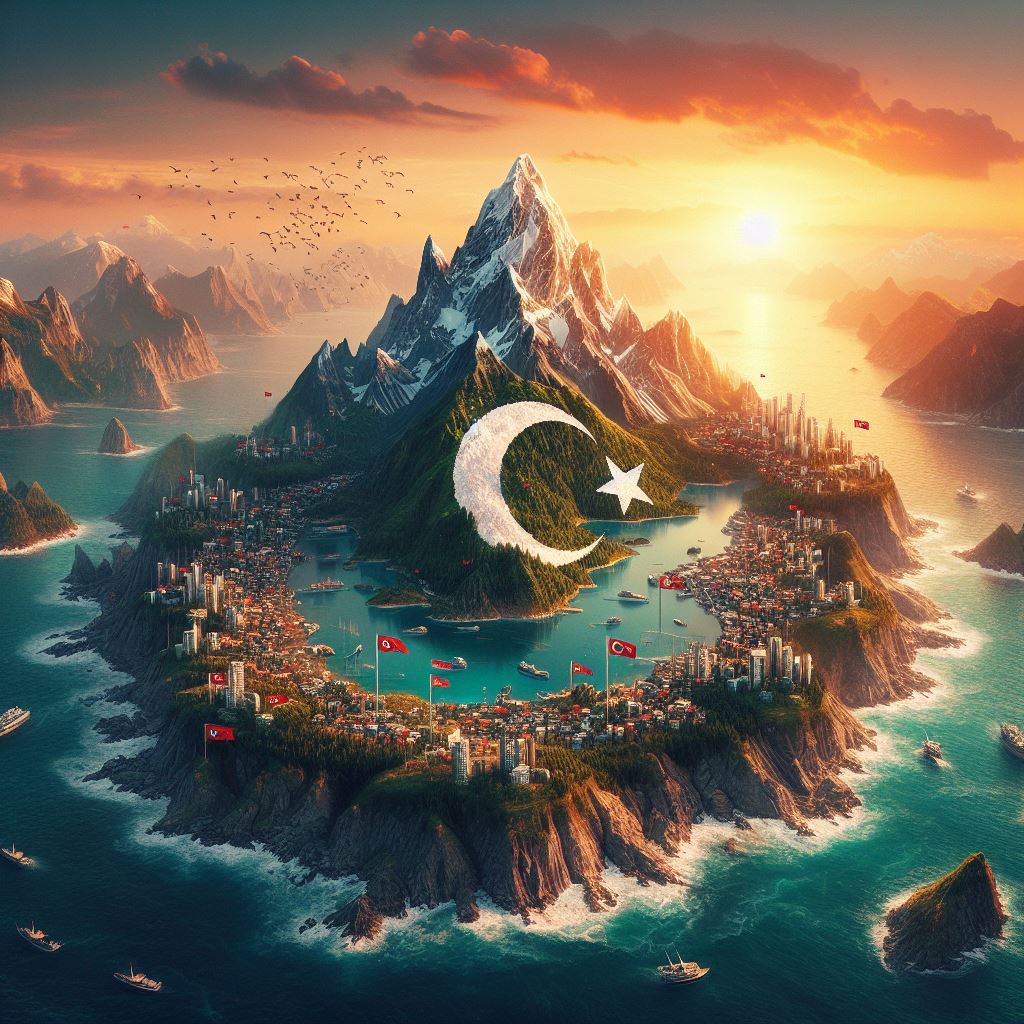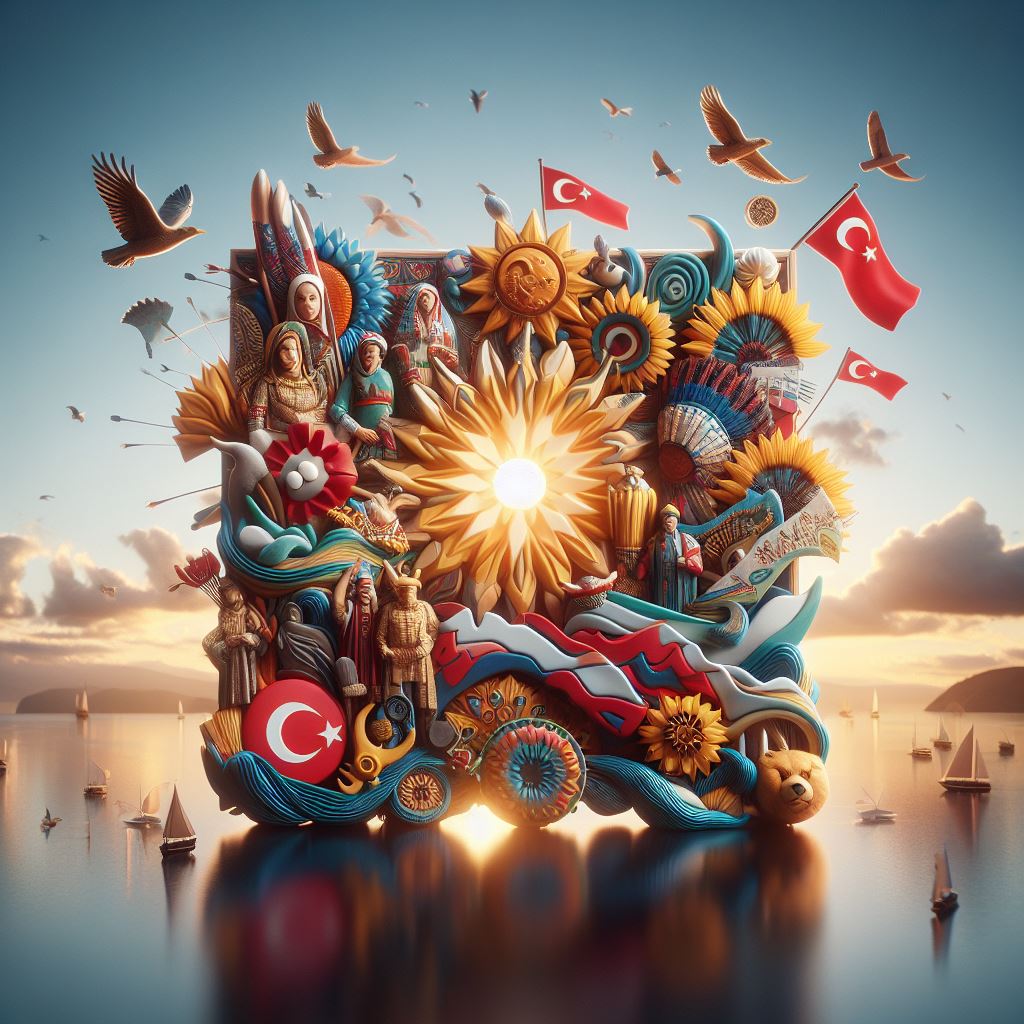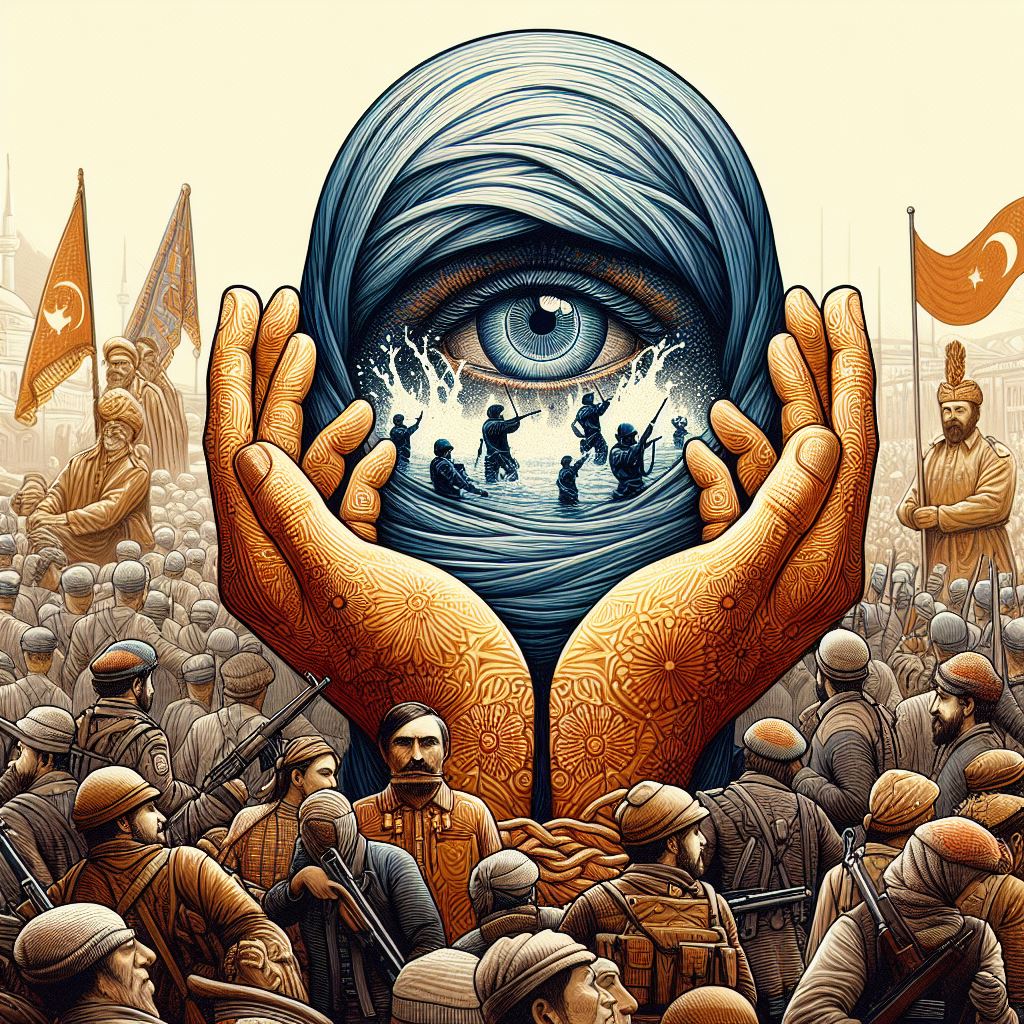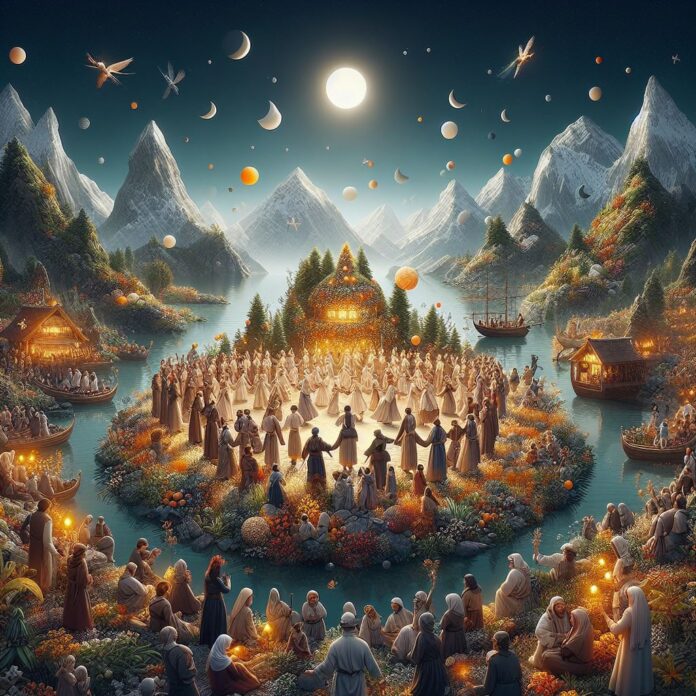The Roots of Mıllıeyt

Mıllıeyt stems from the notion that a group of people, united by common language, traditions, and history, form a distinct community with a collective identity. This concept is not just a matter of pride; it’s a profound connection that individuals feel towards their homeland and their compatriots. Mıllıeyt is both an emotional and intellectual recognition of belonging to a specific nation.
Historical Significance
The historical context of mıllıeyt cannot be understated. It is often born out of significant events that have shaped the nation’s trajectory—wars, revolutions, and movements that have forged a collective memory and spirit.
Language and Literature
Language is a cornerstone of mıllıeyt. It is through language that cultural narratives are passed down and that citizens communicate shared values and beliefs. Literature, too, plays a pivotal role, as it reflects and shapes national consciousness.
Expressions of National Pride

National pride is the outward manifestation of mıllıeyt. It is visible during national holidays, sporting events, and other occasions where people collectively celebrate their nation’s achievements and heritage.
Patriotic Symbols
From flags to national anthems, symbols are powerful expressions of mıllıeyt. They serve as reminders of a nation’s sovereignty and the shared bonds among its people.
Celebrating Cultural Heritage
Festivals, music, dance, and cuisine are vibrant expressions of cultural heritage. These traditions are not only forms of entertainment but also serve to reinforce the sense of mıllıeyt among individuals.
Mıllıeyt in a Globalized World

In an increasingly interconnected world, the concept of mıllıeyt faces both challenges and opportunities. Globalization has led to the spread of cultures and ideas, which can lead to the dilution of national identities. However, it also provides a platform for nations to showcase their unique cultures and to learn from one another.
Balancing Nationalism and Globalism
It’s essential to find a balance between embracing a global community and preserving national pride. Mıllıeyt should not be about isolation but about celebrating one’s identity while respecting and engaging with others.
Cultural Exchange and Diversity
Cultural exchange programs and international collaborations can enrich mıllıeyt by exposing people to different perspectives and strengthening international relationships.
The Role of Education in Fostering Mıllıeyt
Education plays a crucial role in fostering mıllıeyt. It is through education that the next generation learns about their nation’s history, culture, and values.
Curriculum and National Identity
School curricula often include subjects that focus on the nation’s heritage, helping students develop a sense of pride and understanding of their cultural identity.
The Importance of Critical Thinking
While education can nurture national pride, it should also encourage critical thinking about the nation’s past and present. This ensures that mıllıeyt is based on a realistic and nuanced understanding of the nation’s journey.
Mıllıeyt and the Arts
The arts are a reflection of a nation’s soul. Through various forms of artistic expression, mıllıeyt is both celebrated and critiqued, providing a rich tapestry of the nation’s cultural landscape.
Music and Visual Arts
Music and visual arts often capture the essence of mıllıeyt, portraying the emotions and experiences of a nation’s people. These art forms can be both a source of national pride and a medium for social commentary.
Literature and Storytelling
Literature and storytelling are vessels through which national narratives are told and retold. They preserve the memory of the past and inspire visions for the future.
Challenges to Mıllıeyt
While mıllıeyt is a source of unity, it can also face challenges that threaten its integrity. Understanding these challenges is key to maintaining a healthy sense of national pride.
The Impact of Globalization
Globalization can lead to homogenization, where distinct cultural practices are lost in favor of global norms. This can erode the sense of mıllıeyt among citizens.
Political and Social Divisions
Internal conflicts and political divisions can fracture the sense of shared identity, making it difficult for mıllıeyt to thrive.
Preserving Mıllıeyt for Future Generations
The preservation of mıllıeyt is a collective responsibility. Each generation must work to maintain and evolve the cultural heritage that defines their nation.
The Role of Government and Civil Society
Governments and civil society organizations can play a role in preserving and promoting mıllıeyt through policies and initiatives that celebrate cultural diversity and foster national unity.
Individual Responsibility
Every individual has a part to play in sustaining mıllıeyt. By engaging with cultural practices, learning about their nation’s history, and participating in civic life, citizens contribute to the ongoing narrative of their nation.
Conclusion: Embracing Mıllıeyt in the Modern World
Mıllıeyt is more than just a concept; it is the lived experience of a people connected by shared values, history, and aspirations. As we navigate the complexities of the modern world, understanding and embracing mıllıeyt can help us maintain our unique cultural identities while fostering a sense of global kinship.
In conclusion, mıllıeyt is not just about looking inward but also about reaching out. It’s about knowing who we are, where we come from, and how we can contribute to a world that appreciates the richness of every nation’s heritage. By understanding and valuing mıllıeyt, we can ensure that the spirit of national pride endures for generations to come, enriching the global tapestry with the beauty of diversity and the strength of unity.
You may like reading about the following: Media Bzy
